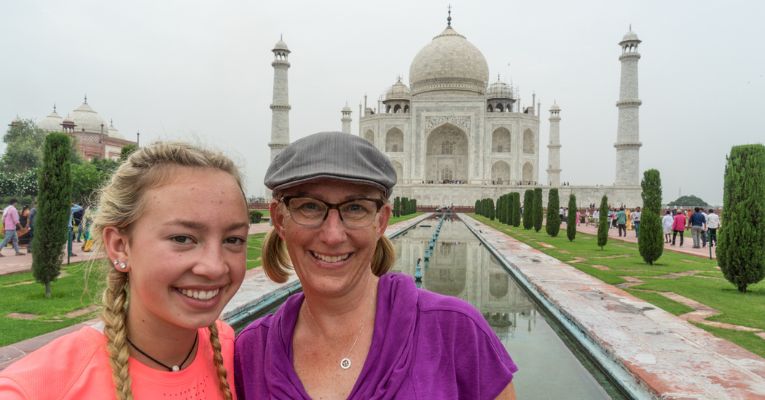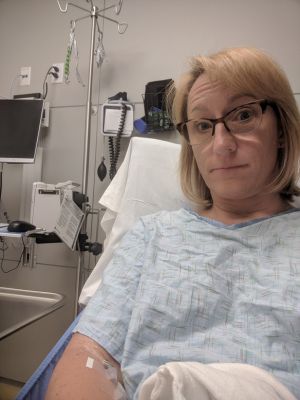Understanding DVT and Pulmonary Embolism
DVT is a condition where blood clots form in a deep vein, often in the leg. Left unchecked, these clots can break free and travel to the lungs, causing a pulmonary embolism (PE)—a blockage that disrupts blood flow and oxygenation. It's a sinister health crisis that can escalate without warning, claiming lives within moments.
While the perils of sedentary lifestyles are widely publicized, the specific dangers associated with prolonged immobility during travel are less so. Many forms of travel inherently involve long periods of sitting—whether on flights, train journeys, or road trips—placing travelers at risk regardless of age or health status.
My Personal Brush with Blood Clots
The journey that brought me to this precarious juncture was a 14-hour overnight flight from Newark to Delhi. As a seasoned traveler, I have strategies to mitigate the risks associated with long-haul flights, such as selecting an aisle seat for ease of movement. However, this time, in a gesture of auntly affection, I offered the coveted window seat to my niece, confining myself to the middle seat. Coupled with a couple of glasses of wine, my usual vigilance in preventing clot formation gave way to accommodation and a desire not to disturb my seatmates.
This sitting and lack of movement for a prolonged time is likely what made the blood clots form on the flight. In addition, I take estrogen which also increases my susceptibility to blood clots. Women are more at risk of blood clots because of this.
In the aftermath of the flight, while navigating the vibrant chaos of Delhi, my left calf began to ache—a sensation I attributed to the city's oppressive humidity and my jetlagged state. It was an error in judgment that could have cost me dearly.
The following days saw the emergence of a chest pain, and a persistent cough—telltale signs of PE. Yet, I was oblivious to the unfolding emergency, instead ascribing my discomfort to Delhi's notorious air quality. My return flight home was another prolonged period of immobility that likely exacerbated the condition.
Back home, when the symptoms intensified, the alarm bells in my mind finally rang with urgency. The incessant cough, the pain that intensified upon reclining, and the unrest of disturbed sleep—these were symptoms I could no longer ignore. A phone call to my doctor and a detailed account of my symptoms and recent travels led to an immediate directive: go to Urgent Care.
It was there that I found out I was living with 3 pulmonary emboli (PE) in my lungs.










Share this Page